20 World’s Strangest Foods: Most Disgusting Dishes Globally (With Pictures)
Foods from around the world bring a fascinating variety, yet some stand out for their shockingly unusual flavors. Known as “nasty foods,” these items challenge taste buds with unexpected textures, flavors, or aromas.
Some incorporate ingredients rarely seen in conventional cooking, making them a daring culinary experience. These dishes often hold cultural significance, valued for their history rather than universal appeal.
While some might seem unappetizing, they offer a glimpse into unique local traditions. Explore the world of 20 nasty foods and discover what makes them so unforgettable:
Balut – Philippines And Vietnam
Balut is a unique dish found in the Philippines and Vietnam, renowned for its daring nature. Typically featuring either chicken or duck embryos, this street food delicacy involves boiling the egg while it's still developing.
Most often made from duck eggs that are 16 to 25 days along, balut presents an intriguing mix of textures as you encounter both liquid yolk and a small embryo encased within its shell. While tourists might shy away at first glance, locals consider it a staple during celebrations and religious events.
For those who dare to try it, ordering “balut su pati” makes for a less intimidating experience with the added layer of egg white over the contents inside.
Fried Tarantula – Cambodia
Fried tarantula is a unique street food experience that captures the adventurous spirit of Cambodian cuisine. Found predominantly in Skuon, famously known as Spiderville, these crispy critters are hand-caught by skilled locals who expertly remove their venomous fangs before cooking.
Rolled in a flavorful mix of garlic and seasoning, these arachnids are deep-fried to achieve a crunchy exterior while the body offers an unexpected softness with each bite. Rich in protein and essential nutrients like zinc and folic acid, this dish not only provides sustenance but also serves as an income booster for local vendors selling them at affordable prices.
Trying fried tarantula truly embodies daring culinary exploration where taste meets tradition.
Cobra Heart – Vietnam
Cobra heart is a daring culinary adventure originating from Vietnam’s capital, Hanoi. Renowned for its snake village, this dish offers an unparalleled experience that draws thrill-seekers and food enthusiasts alike.
At the heart of this unique offering lies a freshly extracted cobra heart, mixed with rice wine and sometimes accompanied by snake blood or bile for an extra kick. Choosing your own cobra adds to the excitement as you witness the preparation firsthand.
The consumption of venom-infused shots is reserved for those brave enough without mouth injuries since it becomes harmless once ingested through the stomach, an intriguing testament to local gastronomic practices that push boundaries in flavor and experience.
Eskimo Ice Cream (Akutaq) – Alaska
Eskimo ice cream, known as Akutaq, stands out as a unique Alaskan dessert that challenges conventional notions of sweetness. This traditional treat combines dried fish or various animal fats like moose and caribou with an assortment of berries to create a creamy blend that's anything but ordinary.
Its preparation is steeped in cultural significance; while the men hunt for essential ingredients, women expertly craft this dish often accompanied by native songs that enrich the experience. Though modern adaptations incorporate milk and sweeteners for broader appeal, its roots remain firmly planted in indigenous practices.
The fusion of protein from meats with antioxidants from fruits makes it a practical option during extended hunting trips in Alaska's vast wilderness.
Vomit Fruit (Noni) – Southeast Asia, Australasia, And The Pacific
Vomit fruit, commonly known as noni, stands out due to its infamous smell and flavor reminiscent of spoiled food. This tropical fruit is primarily found in Southeast Asia, Australasia, and the Pacific Islands.
While many may shy away from this unusual produce because of its strong odor, it has earned a place in various traditional practices for its potential health benefits. In Polynesian culture, every part (from the leaves to the root) has been used for medicinal purposes.
Interestingly enough, some communities incorporate vomit fruit into their meals by enjoying it raw with salt or adding it cooked into curries or salads. Its controversial taste often turns heads but also serves as a vital resource during times when other food options are scarce.
Witchetty Grub – Australia
Witchetty grubs represent a unique element of Australian cuisine, celebrated for their distinct flavor and texture.
Originating from the cossid moth larvae that thrive in witchetty bushes, these critters have been integral to Aboriginal diets for centuries, often depicted in traditional art.
Raw consumption reveals an almond-like taste; however, a light cooking transforms them into a more palatable snack with crispy skin reminiscent of fried chicken and soft insides akin to cottage cheese or scrambled eggs.
For those adventurous enough to forage for this delicacy in the wild, it’s advisable to steer clear of the head due to its defensive liquid secretion.
The experience offers not just sustenance but also a connection to Australia's rich cultural heritage surrounding food choices that many might find.
Black Pudding – Uk And Ireland
Black pudding is often found in the UK and Ireland, recognized for its unconventional ingredients.
Made primarily from pig's blood combined with pork fat or beef suet, this intriguing sausage incorporates oats or barley along with aromatic thyme and spices.
Its flavor profile varies across regions; some versions are heartier while others pack a spicier punch, reflecting local traditions.
Originating in the 15th century as a way to prevent waste during animal slaughter, black pudding has carved out its place within traditional English breakfasts and boasts an annual celebration at Normandy’s Black Pudding Festival that pays homage to this age-old dish.
Milt (Soft Roe) – Russia, Europe, And Japan
Milt, or soft roe, represents an unconventional delicacy found in various cuisines across Russia, Europe, and Japan. This unique dish features the reproductive organs of fish, often prepared in ways that might surprise you.
While it may not look off-putting at first glance, its contents certainly raise eyebrows for many diners. In Japan's culinary scene, Shirako stands out as a notable variation with a name meaning "white children," hinting at its intriguing nature; this dish can be enjoyed grilled or fried and served over rice or even custard for those adventurous enough to try it raw atop sushi.
The preferred types of fish used include herring and tuna among others, each offering a distinct experience that's said to please the palate once one moves past initial apprehensions regarding its origins.
Warthog Anus – Namibia
Warthog anus stands out as an unconventional delicacy from Namibia that challenges the boundaries of traditional cuisine. In regions facing poverty and food scarcity, this unique dish emerges from necessity rather than culinary innovation.
Preparing it involves extracting the organ with a portion of intestine intact, which adds to its unappetizing reputation; cleanliness isn't part of the process since it's already considered unpalatable. Achieving just the right texture is crucial, cooking it al dente avoids excessive chewiness while still delivering a challenging eating experience.
Those curious about extreme gastronomic experiences might find themselves intrigued by this controversial offering from Namibian culture.
Jellied Moose Nose – Canada
Jellied moose nose emerges as a distinctive delicacy in Canada and Alaska, representing traditional practices of utilizing every part of the animal. Unlike more common dishes featuring moose meat, this preparation highlights the often-overlooked snout, showcasing resourcefulness from Indigenous cultures that prioritize minimal waste.
The dish involves simmering the fur-less nose with aromatic ingredients like onions, garlic, and various spices including cinnamon for depth of flavor. Often combined with other parts such as ears or lips to enhance taste and texture diversity, it's cooled until it forms a gelatinous loaf ready for slicing.
While its flavors may intrigue adventurous eaters, navigating through contrasting textures can be an acquired experience that challenges conventional palates.
Chapulines – Mexico
Chapulines are a Mexican delicacy made from toasted grasshoppers, capturing attention with their distinct crispy texture and intriguing flavor profile. Harvested between May and September, these insects undergo a toasting process on a traditional flat griddle known as a comal, which enhances their savory taste while infusing them with garlic and lime juice.
In Oaxaca, street vendors serve Chapulines seasoned in various ways, including spicy versions that incorporate chilis, making them an exciting addition to local cuisine. Originally relied upon for sustenance during the 16th century when resources were scarce, these crunchy snacks have now become popular toppings in burritos and tacos.
Trying Chapulines offers you an adventurous glimpse into Mexico's rich food heritage.
Hasma – China
Hasma is an unusual Chinese dessert made from the fatty tissue surrounding frog fallopian tubes, primarily sourced from Asiatic grass frogs. This dish undergoes a unique preparation process where the harvested tissue is dried and then rehydrated to expand significantly in size before being cooked in a sweet soup.
Typically served with ingredients like jujubes, lotus seeds, and dried longan fruits, this intriguing treat also often features slices of Chinese pear for added sweetness. While its health benefits remain unproven, some believe it can aid respiratory issues and enhance skin quality.
Though not commonly consumed due to its high price tag, hasma finds its way onto tables during special celebrations where culinary adventure meets tradition.
Rocky Mountain Oysters – Western Usa And Canada
Rocky Mountain oysters are a unique culinary creation that might surprise you with their unconventional ingredient. Contrary to what the name suggests, these delicacies consist of young bull testicles, cleverly marketed as "oysters" to entice adventurous eaters.
This dish can also be made from pig or sheep testicles, each bringing its own distinct flavor profile. Surprisingly tasty and often compared to venison in texture, they feature a crispy outer coating reminiscent of calamari when fried.
Originating from Western ranchers who sought resourceful ways to utilize every part of the animal, Rocky Mountain oysters reflect both practicality and creativity in cuisine.
Medama (Tuna Eyeball) – Japan
Medama, or tuna eyeball, is a unique snack that hails from Japan and has garnered attention for its unconventional appeal. These intriguing morsels can be spotted in supermarkets and izakayas alike, often enjoyed alongside drinks as an affordable treat.
Contrary to assumptions about their origins during tough times, these eyeballs rose to popularity in the 90s due to media discussions surrounding their rich Omega-3 content. Served in various methods: steamed, boiled, stewed, or fried, the experience of consuming them goes beyond flavor; it's all about the texture.
When you bite into one of these curious delicacies, you'll encounter a burst of liquid from within that adds another layer to this unusual culinary adventure.
Bat Soup – Thailand
Bat soup is a notorious dish originating from the Pacific island of Palau, now savored in Thailand and other Asian regions. Its most striking feature lies in the use of live bats, boiled until tender before being seasoned with various spices and herbs.
The preparation process can lead to an unusual aroma that some attempt to mask with beer or garlic. Historically, this dish emerged as a vital protein source when fish was scarce for indigenous people.
Despite its cultural significance, bat soup raises questions about health risks due to the diseases often associated with bats, making it one of the more controversial dishes worldwide.
San-Nakji – Korea
San-nakji is a distinctive Korean dish celebrated for its adventurous appeal, featuring raw octopus tentacles that continue to squirm on your plate.
This intriguing meal consists of tender pieces drizzled with sesame oil and sprinkled with sesame seeds, creating an experience that’s as much about sensation as it is about flavor.
The unique nervous system of the octopus means those tentacles can still exhibit movement after being severed, adding an element of surprise for diners.
While enjoying this delicacy, it's crucial to chew thoroughly to avoid any mishaps due to their suction cups clinging unexpectedly.
Frog Sashimi – Japan
Frog sashimi is an unconventional delicacy from Japan that challenges the boundaries of traditional cuisine. Served in a dramatic fashion, this dish involves slicing a live frog right before your eyes, with its heart often presented to you still beating.
This intense preparation creates a unique dining experience for those adventurous enough to partake. Found primarily at Asadachi restaurant, it is regarded not just as food but also as an exhilarating test of nerve for culinary thrill-seekers.
Many believe consuming frog sashimi offers potential health benefits and boosts virility, adding another layer to its mystique among daring diners seeking unforgettable moments on their gastronomic journeys.
Jibachi Senbei (Wasp Rice Cracker) – Japan
Jibachi Senbei is a strikingly unconventional snack from Japan, featuring wasps as its surprising ingredient. In the village of Omachi, these rice crackers are crafted by capturing Digger Wasps and infusing them into a subtly sweet and savory blend.
Originating from an enthusiastic fan club dedicated to these insects, this culinary creation transforms what many would consider unpalatable into a protein-rich delicacy. The process involves boiling and drying the wasps before mixing them with rice flour, resulting in crunchy morsels that have an unexpected acidic flavor profile.
With each bite comes not just taste but also texture, be prepared for some legs and wings making their presence known between your teeth.
Century Egg – China
Century egg is a Chinese delicacy renowned for its unusual preservation method. These eggs, typically from ducks, chickens, or quails, undergo an intriguing transformation through a mixture of clay, salt, and ashes over approximately 100 days.
The result yields striking colors; the yolk shifts to a deep green hue while the white takes on a greyish gelatinous texture that can be surprising to many. Originating in the Qing dynasty as an innovative way to extend shelf life without refrigeration, this dish offers bold flavors that some describe as earthy with hints of ammonia.
For those adventurous enough to try it, century egg presents an experience far removed from traditional taste profiles found in more common dishes.
Casu Marzu (Maggot Cheese) – Italy
Casu marzu, often referred to as maggot cheese, is a peculiar Sardinian delicacy with an unsettling reputation. This controversial dish emerges from the fermentation of pecorino cheese, where flies are invited to lay their eggs inside after removing its top layer.
As these larvae feast on the fats within, they transform the inner texture into a creamy consistency reminiscent of liquid gold, if you can overlook its live inhabitants. Consuming this unique offering involves dodging wriggling maggots that occasionally jump off during your meal; it's an experience both audacious and alarming for adventurous eaters.
While once celebrated among locals, casu marzu now lurks in black market shadows due to strict sanitation laws banning it in many regions.

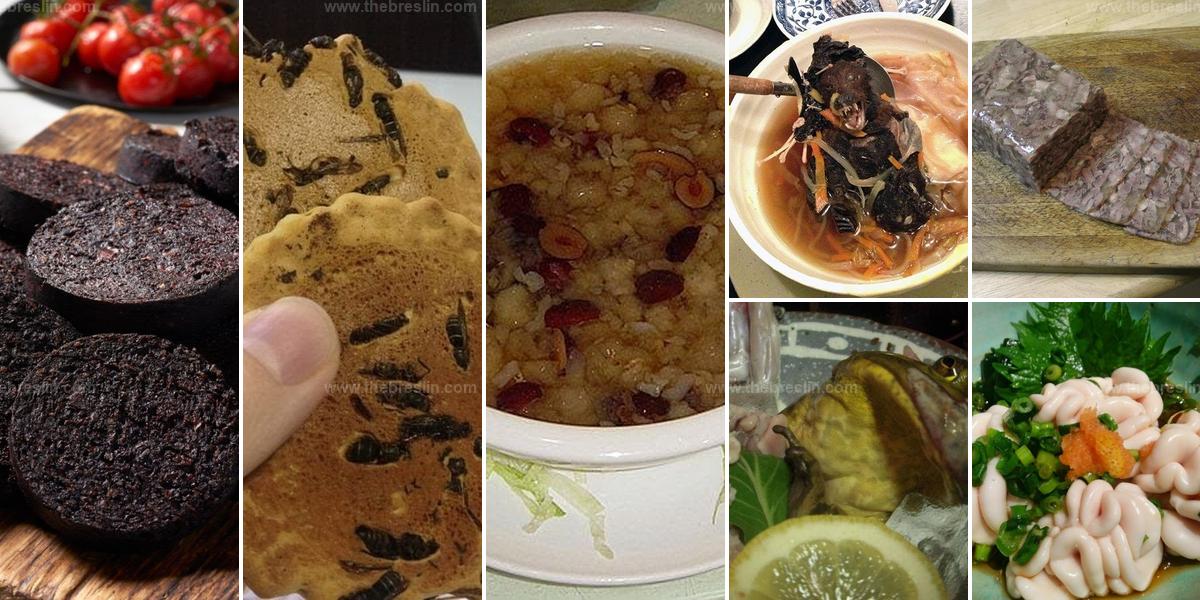
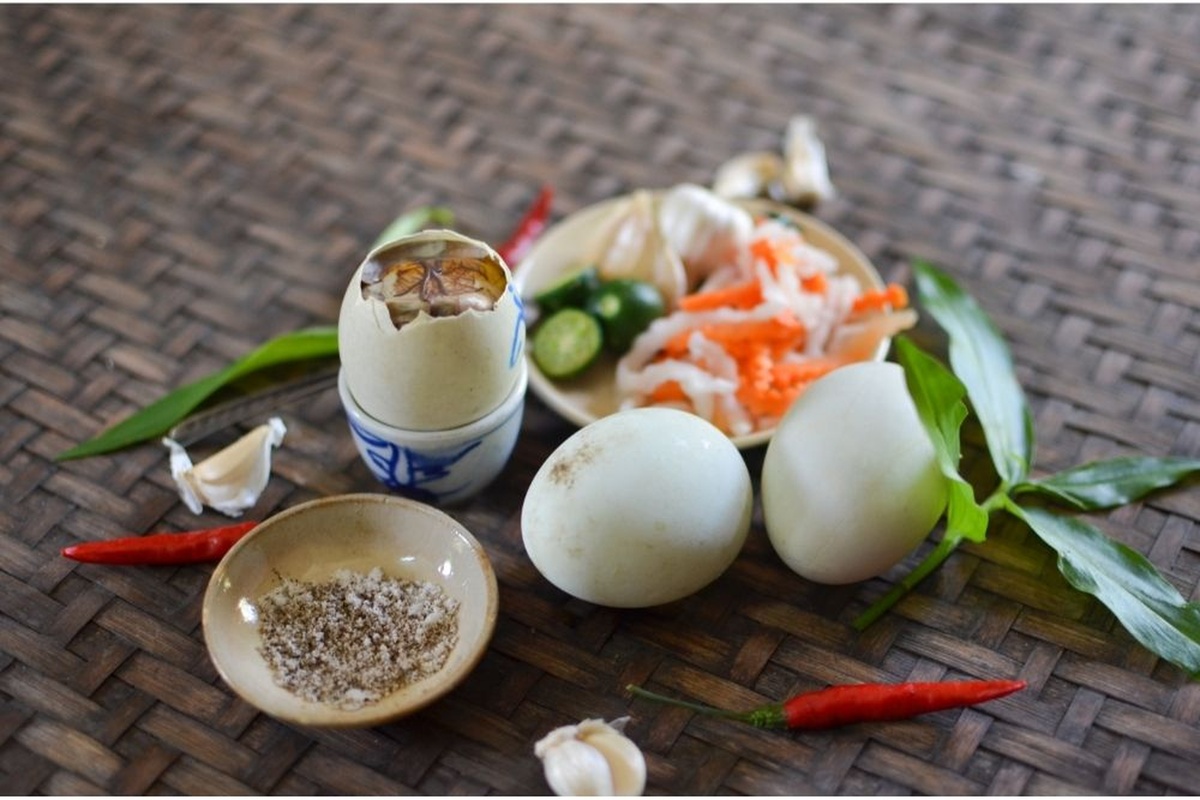
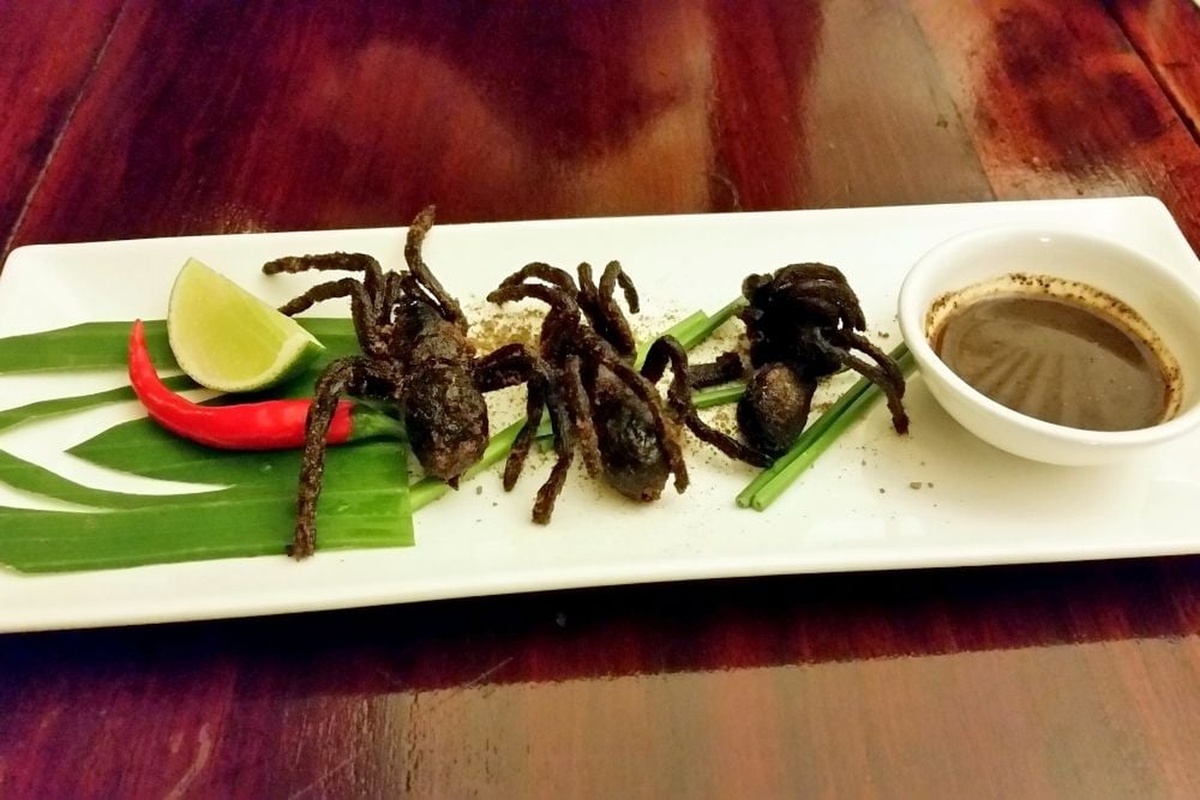


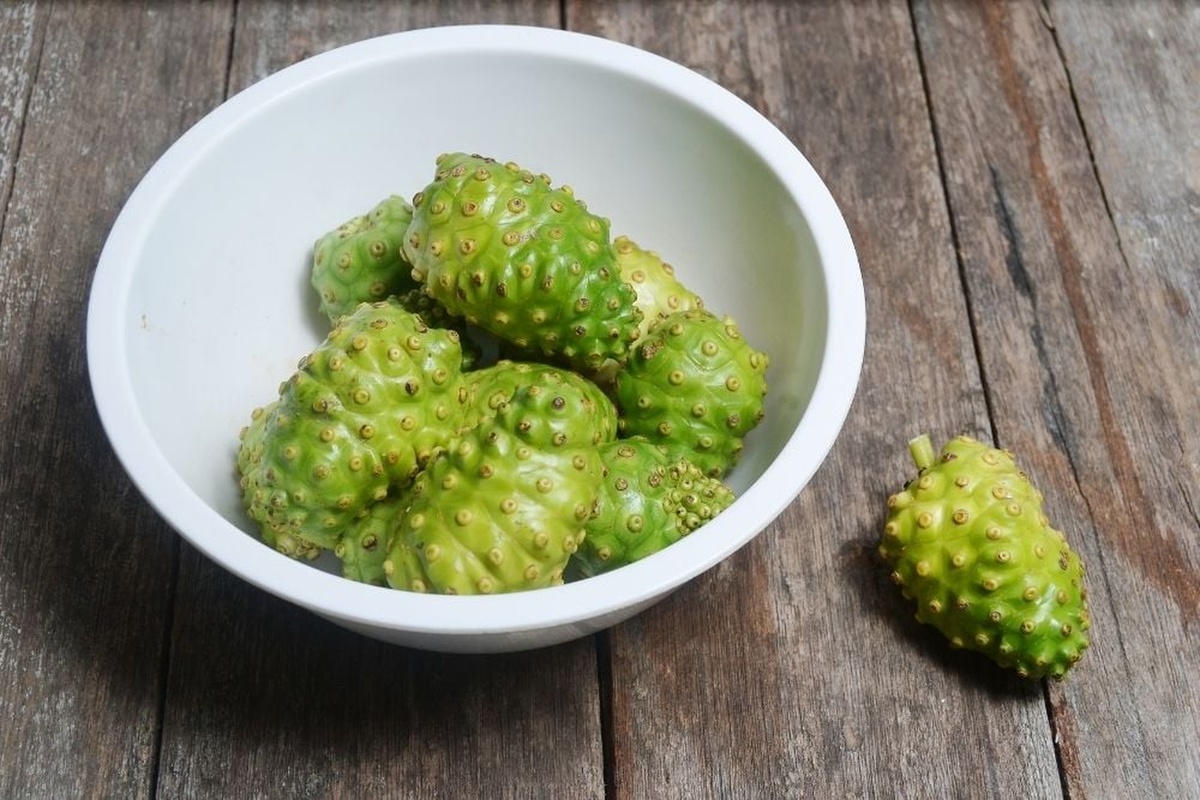
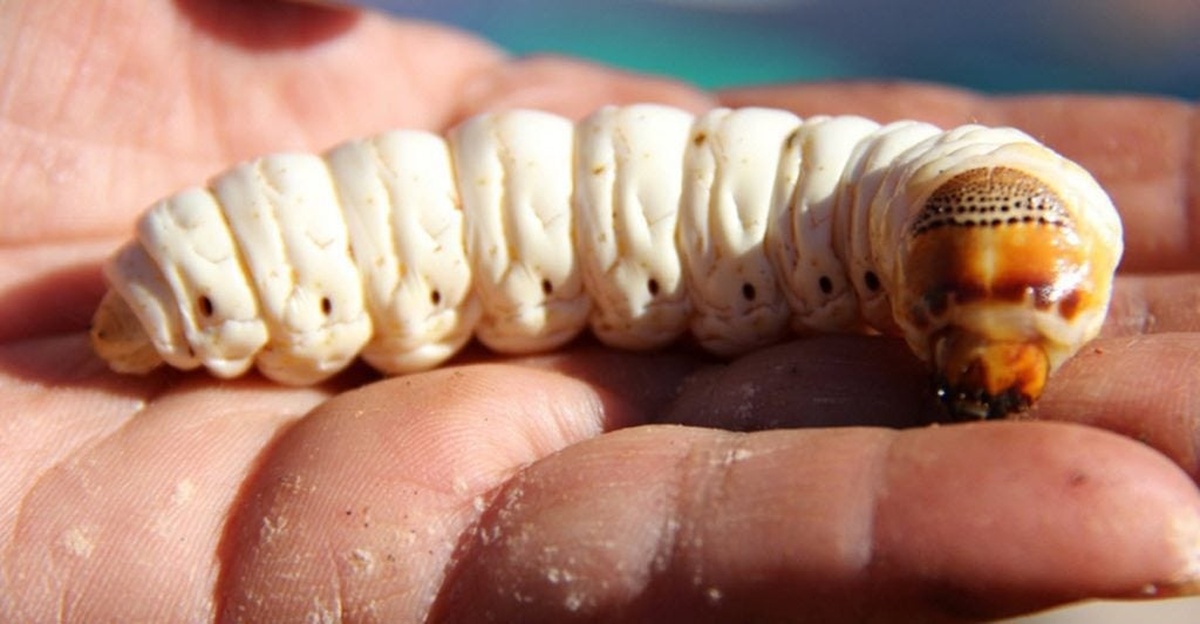

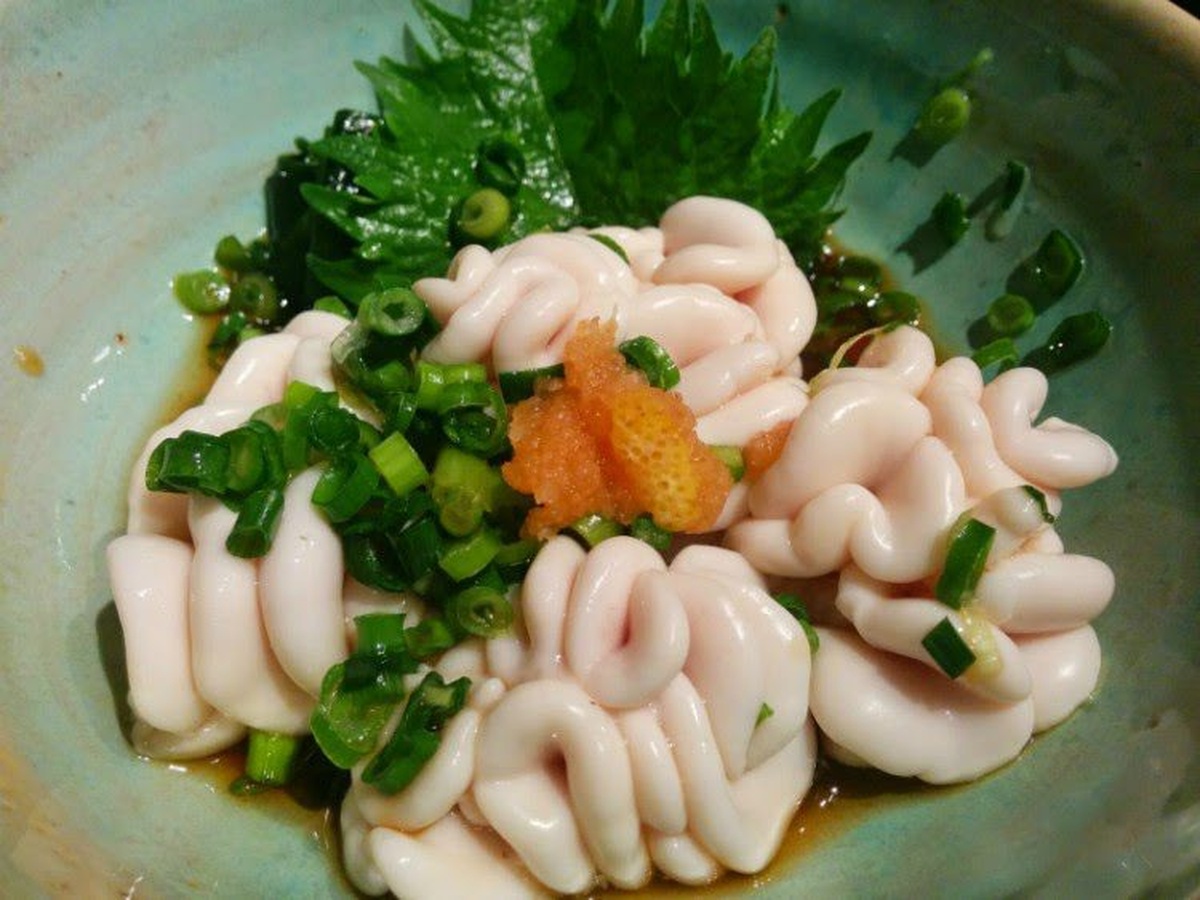


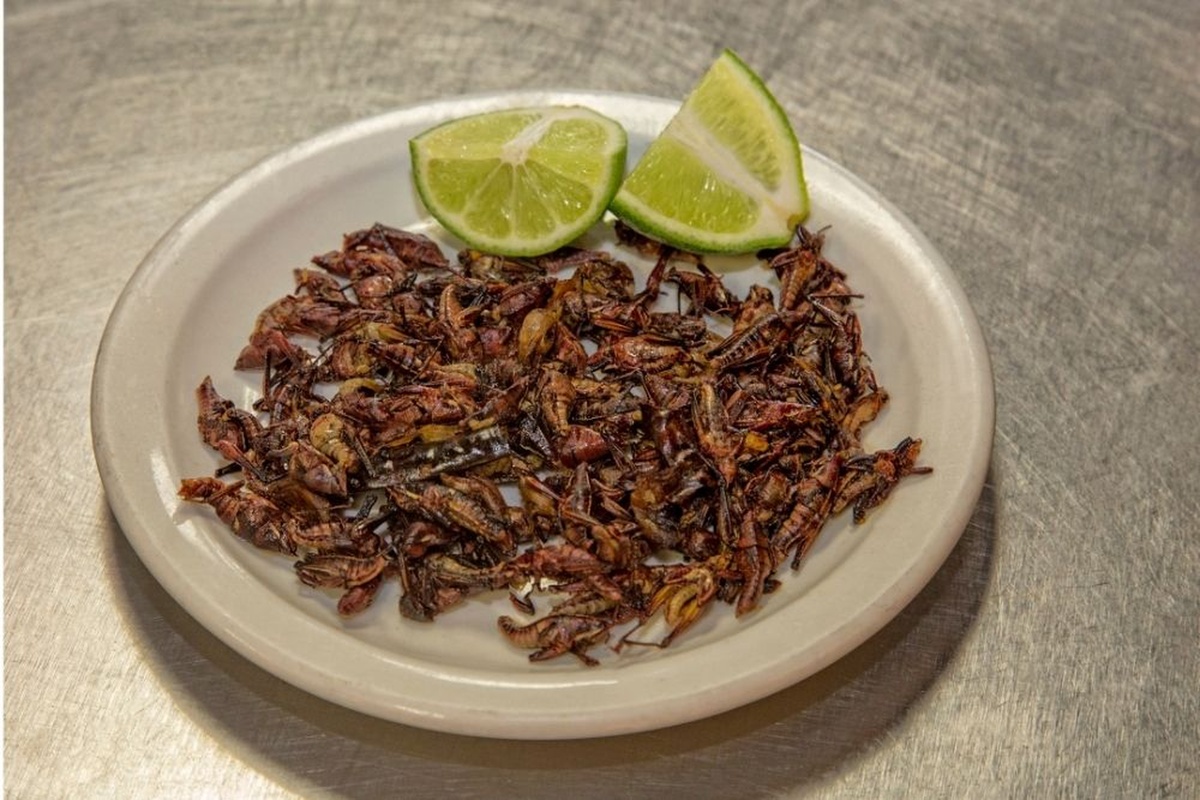
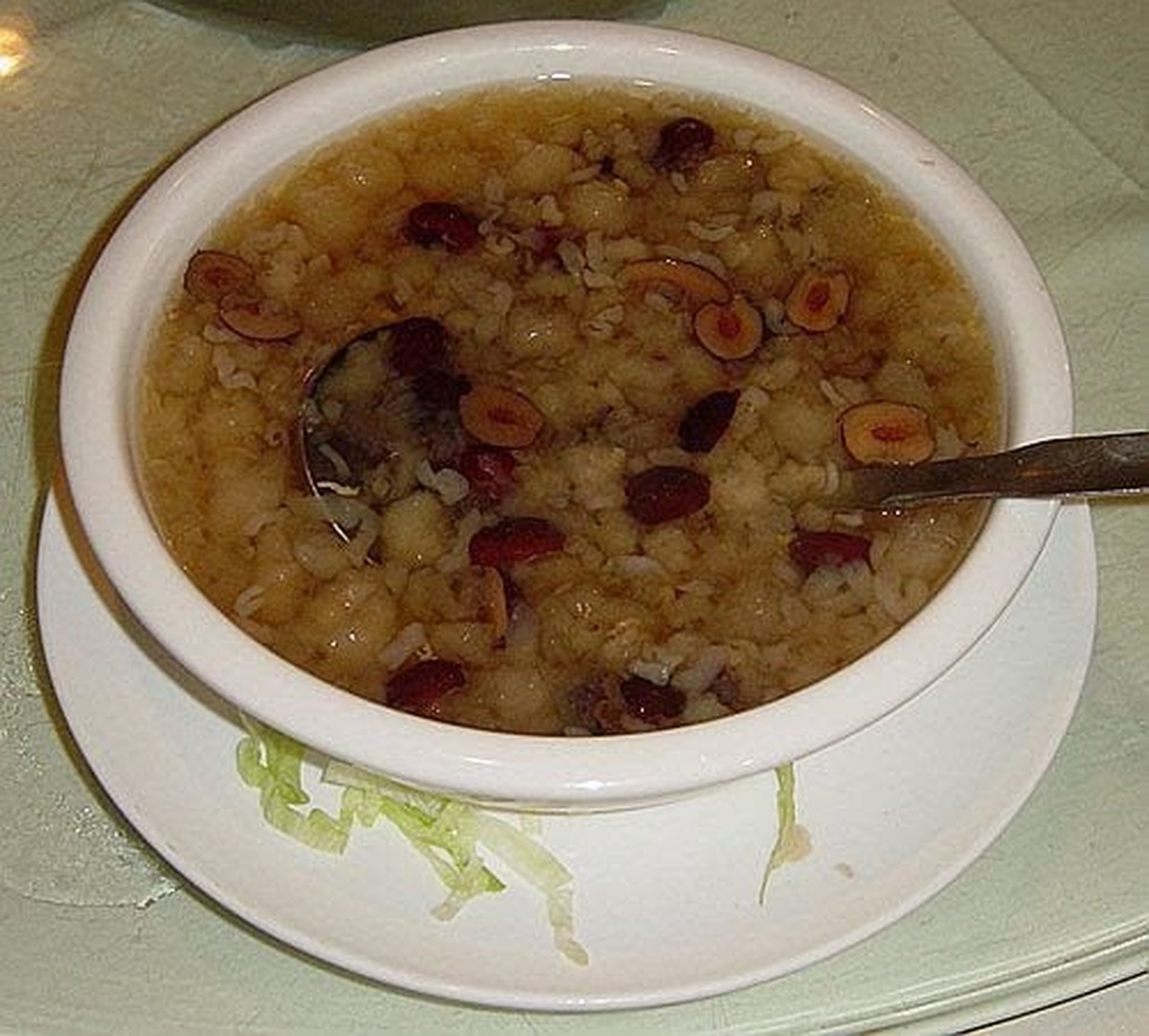
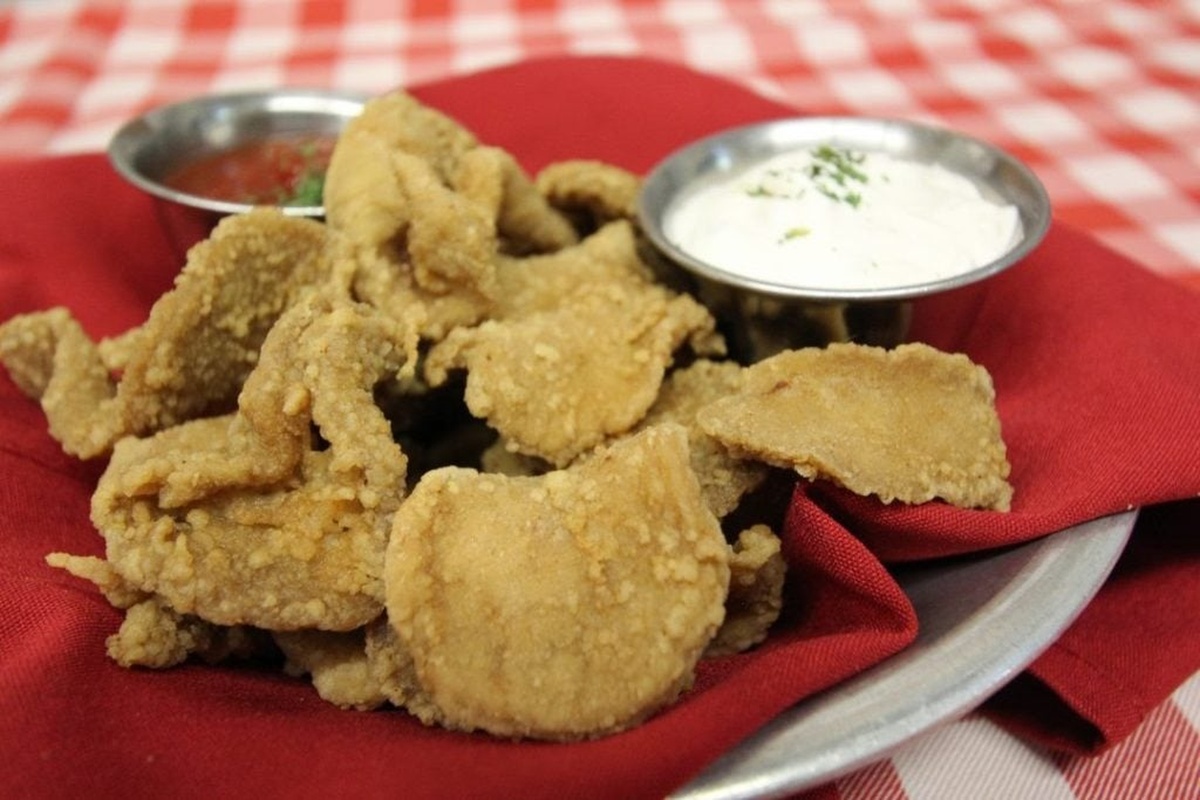
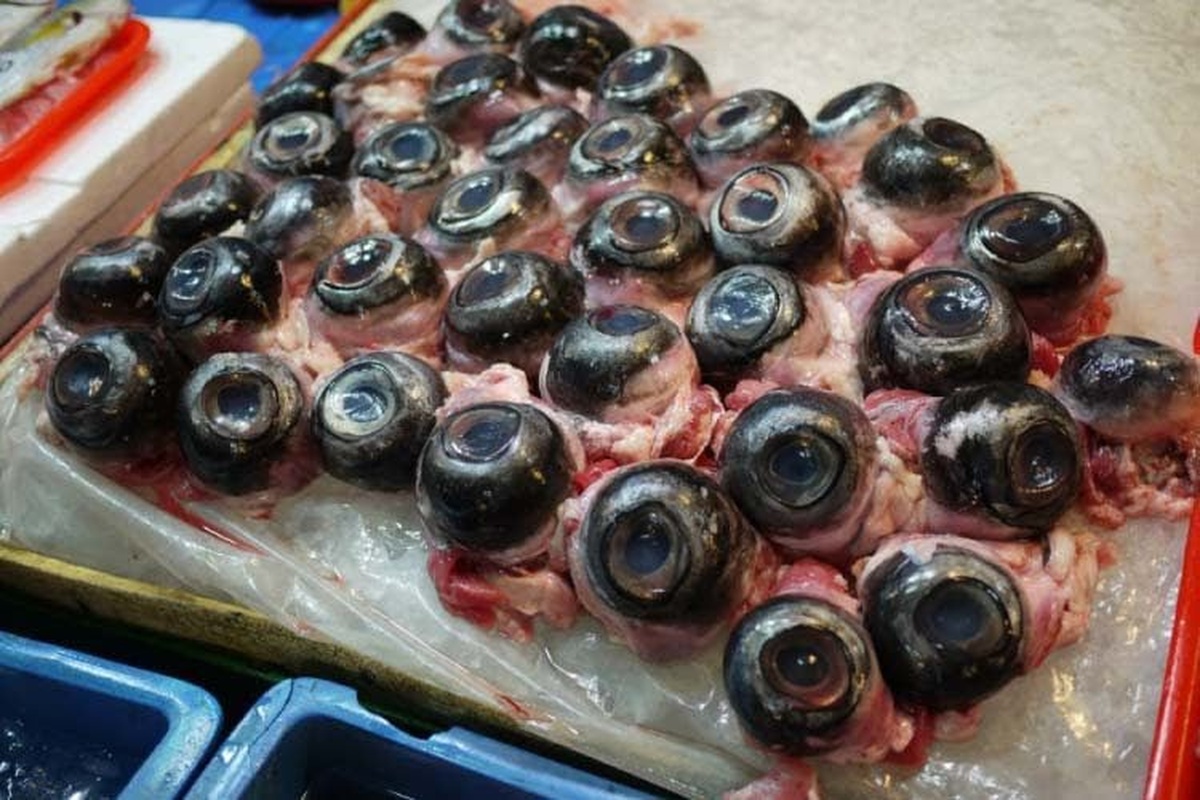
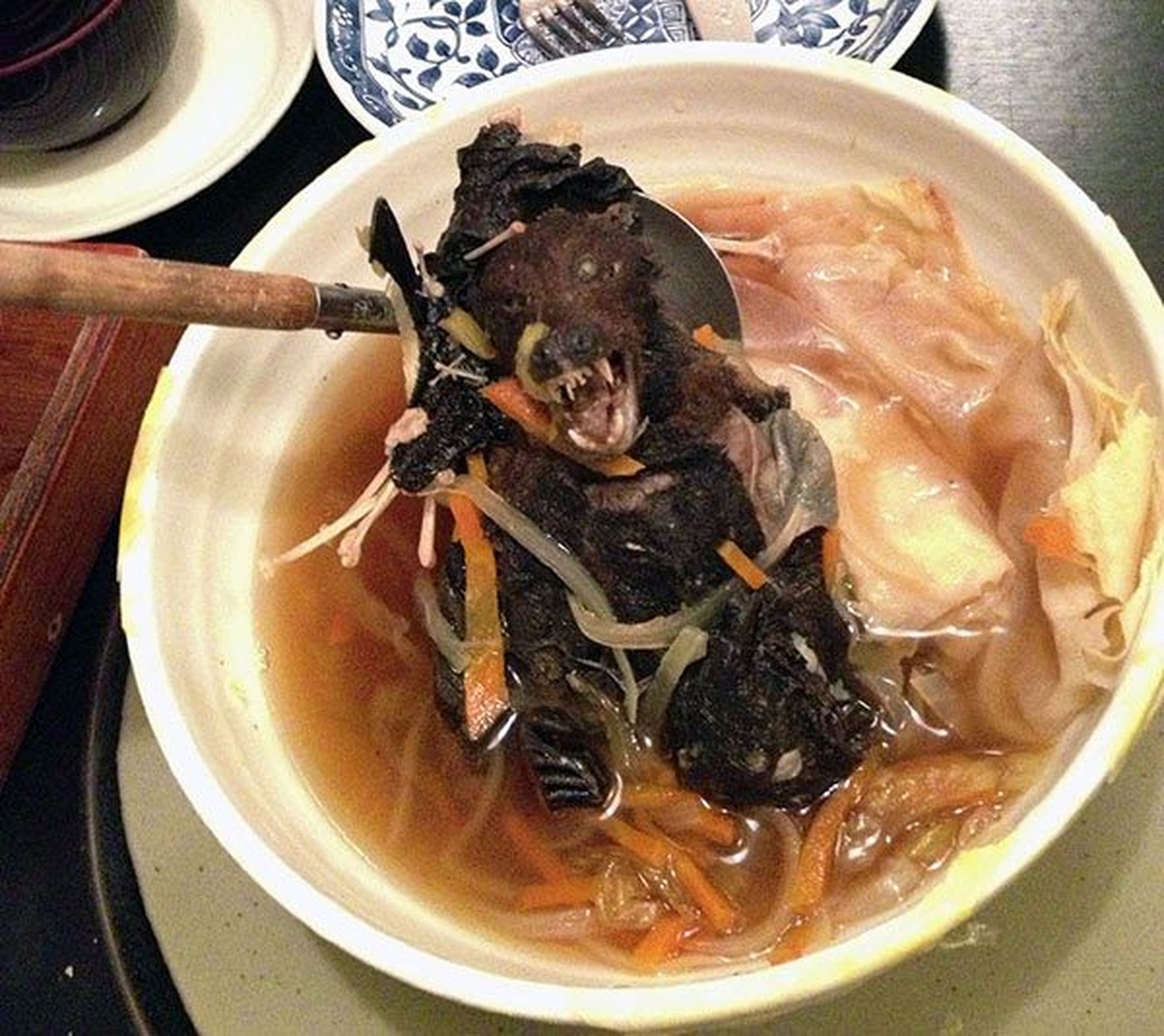
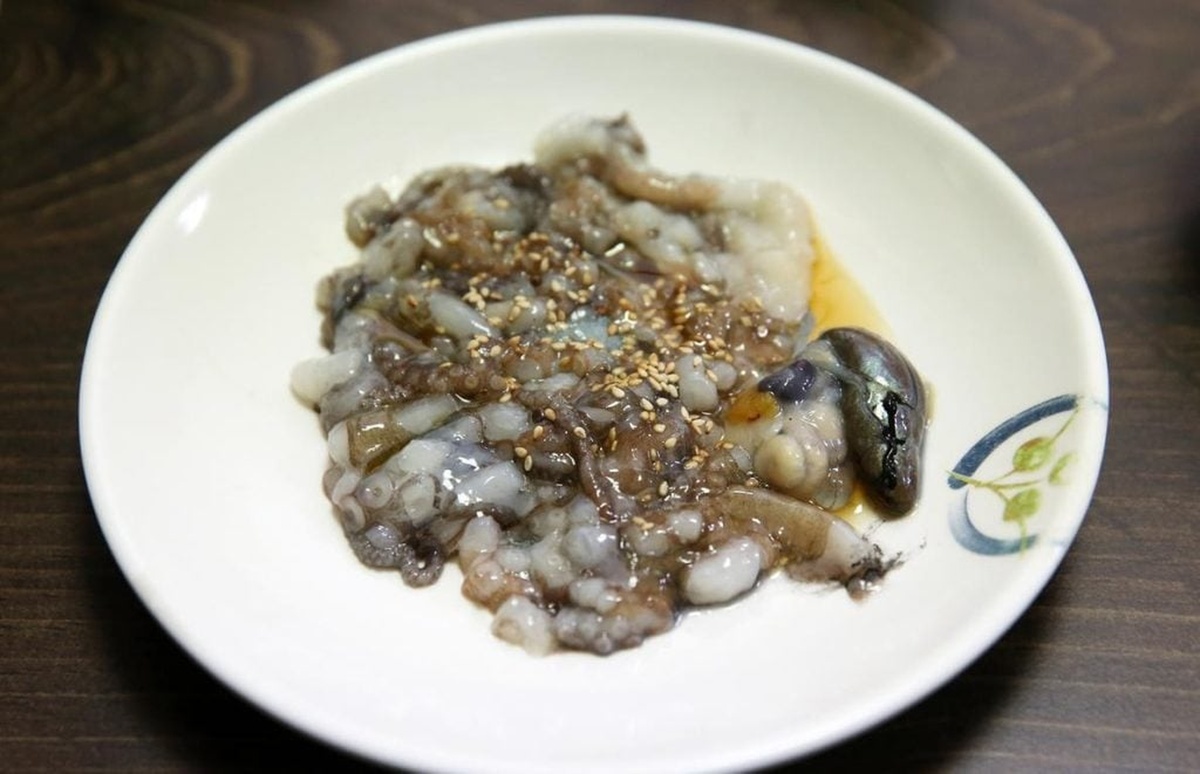
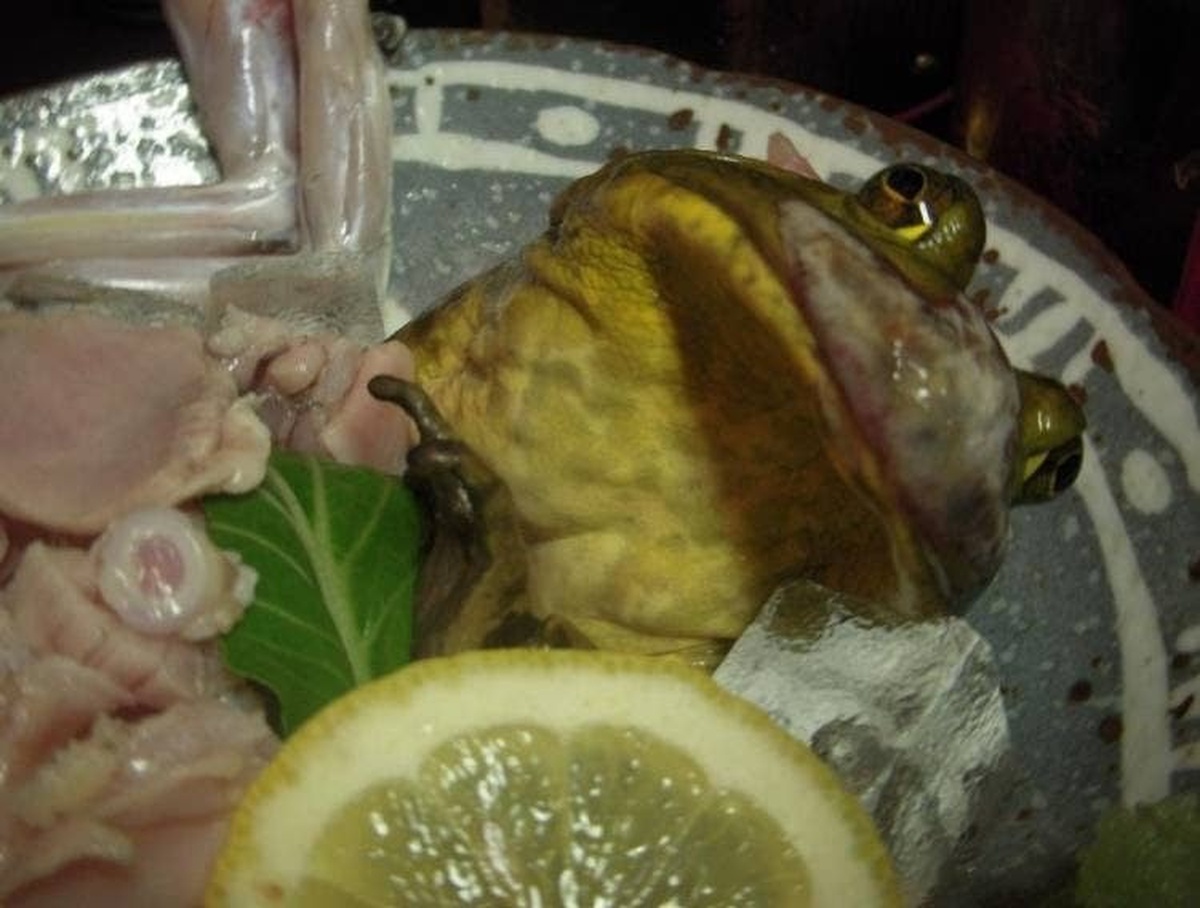

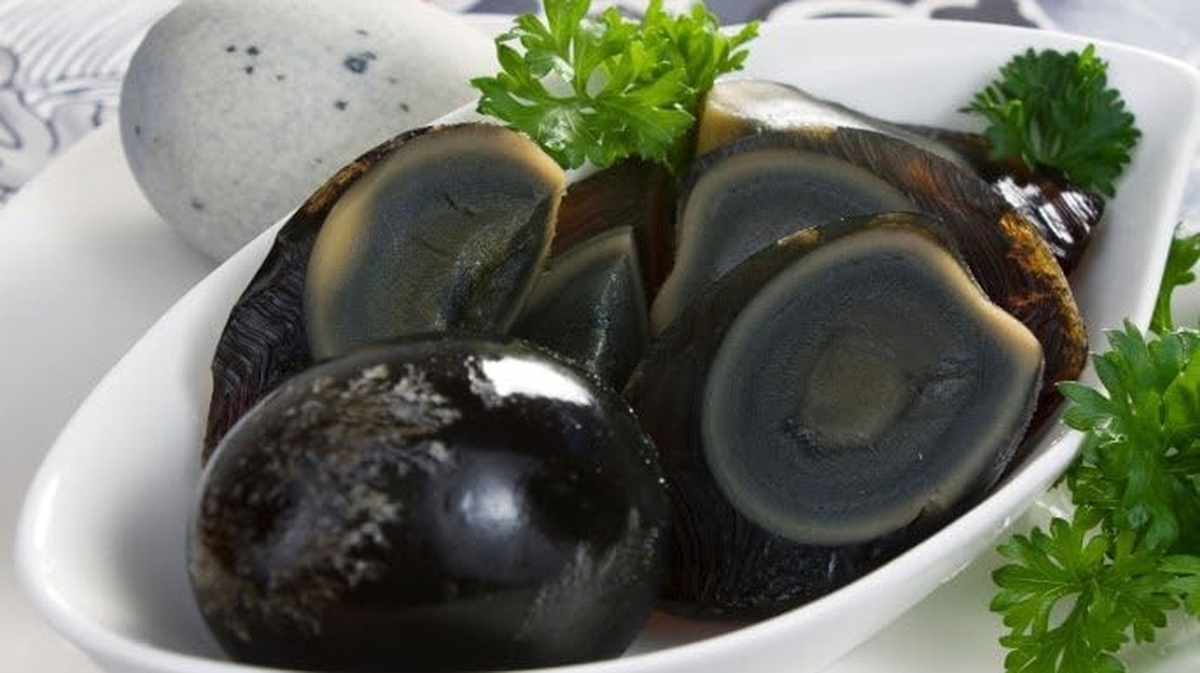
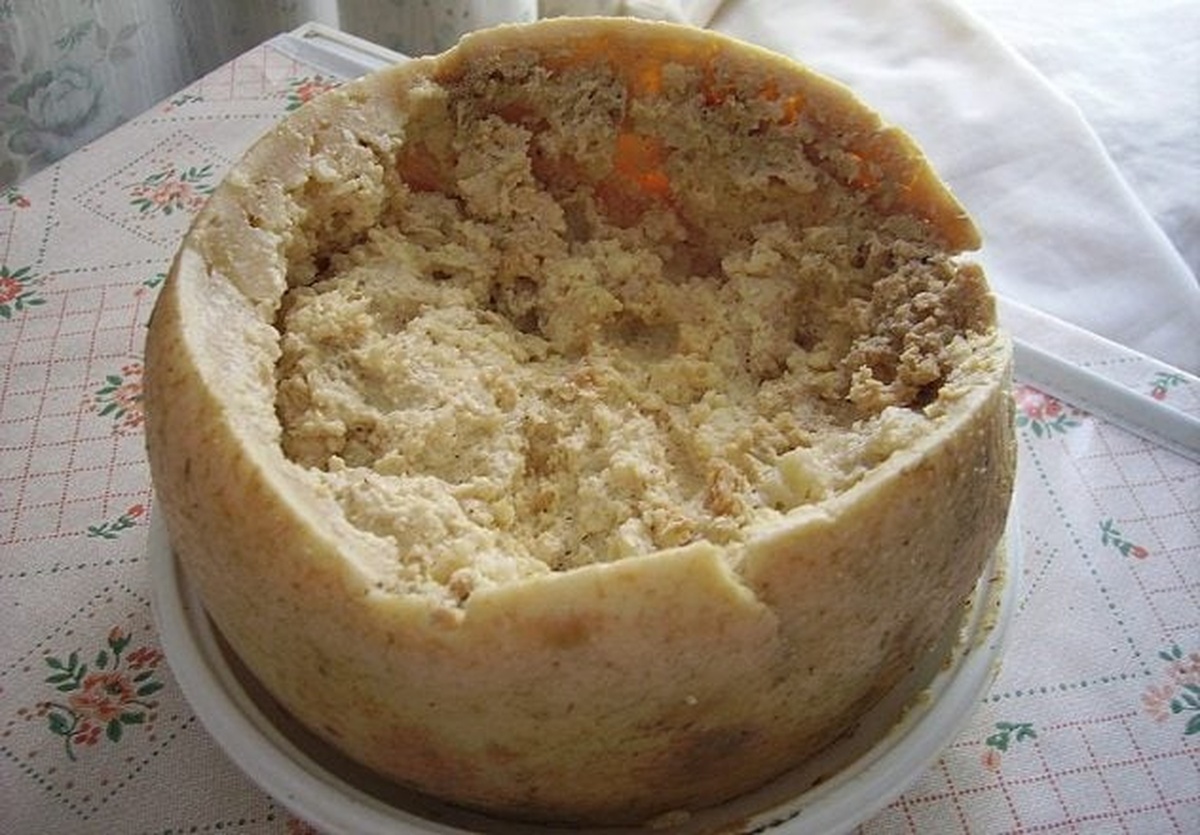
David Martinez
Travel and Food Writer
Expertise
Culinary Travel Writing, Food Photography, Cultural Food Exploration, Restaurant Reviews, Gastronomic Event Coverage
Education
The Culinary Institute of America (CIA), Greystone Campus, St. Helena, CA
Program: Associate Degree in Culinary Arts
Focus: Hands-on training in culinary techniques and kitchen management, blending traditional methods with contemporary food trends.
Le Cordon Bleu, Paris, France
Program: Grand Diplôme (Diploma in Cuisine and Pâtisserie)
Focus: Comprehensive culinary training in both classic French cuisine and pastry arts, emphasizing precision, creativity, and professional kitchen operations.
David Martinez is a travel and food writer who explores the world one dish at a time. With culinary training from The Culinary Institute of America and Le Cordon Bleu, David captures the heart of each place he visits through its food. His journeys, from vibrant markets in Asia to intimate bistros in Europe, inspire his storytelling.
At thebreslin.com, David shares recipes and stories that give readers a taste of global food culture. His approachable writing and passion for authentic flavors help readers feel connected to the world’s kitchens, one bite at a time.